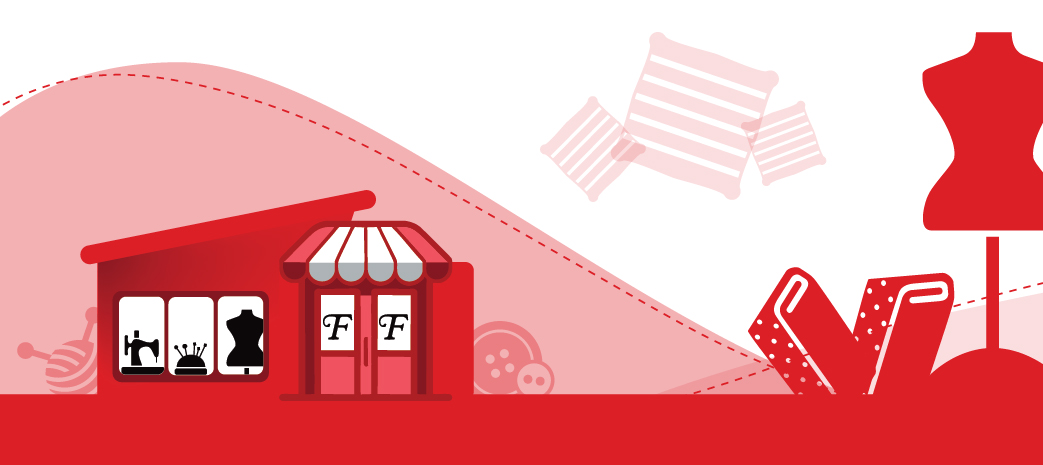How To: Make Piping


What is piping?
Piping is a folded strip of cloth, often enclosing a cord, used to decorate the edges of clothes or furniture or crafts.
Contrasting fabric can add more colours and style to your piece!
*Please share your creations on Facebook & Instagram. Tag Fabricland at @fabricland.canada or use the hashtag #fabriclandlove













